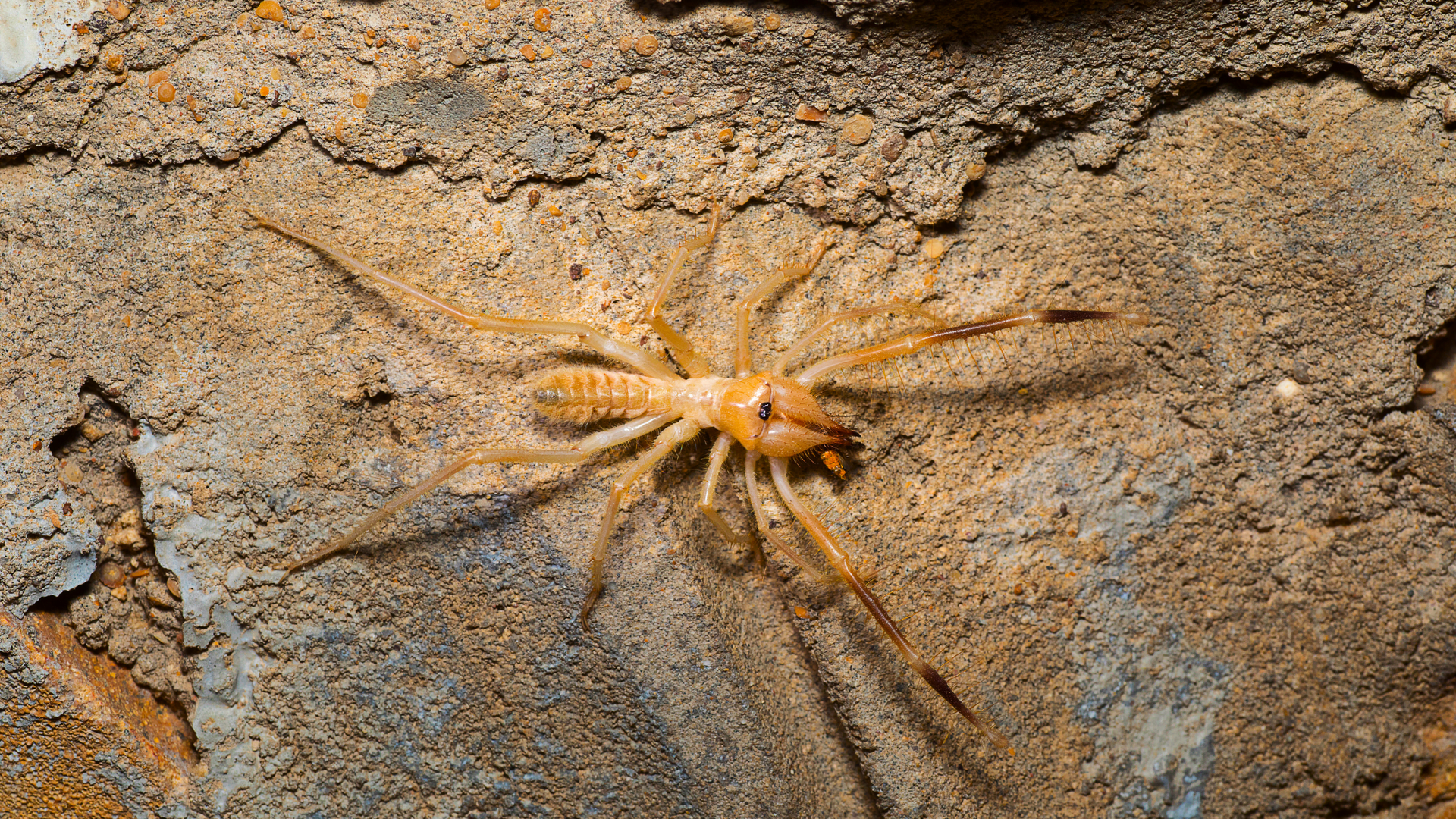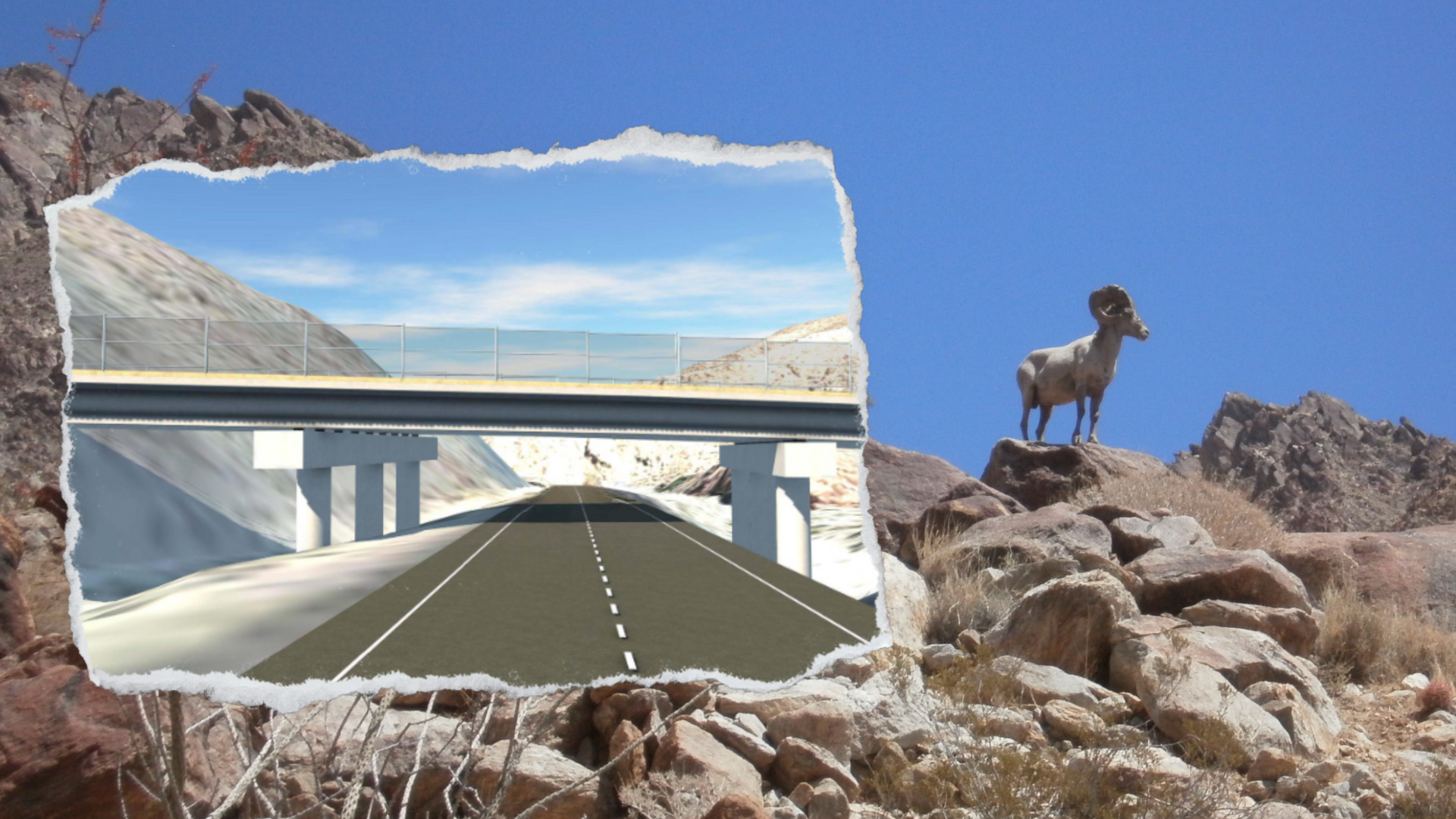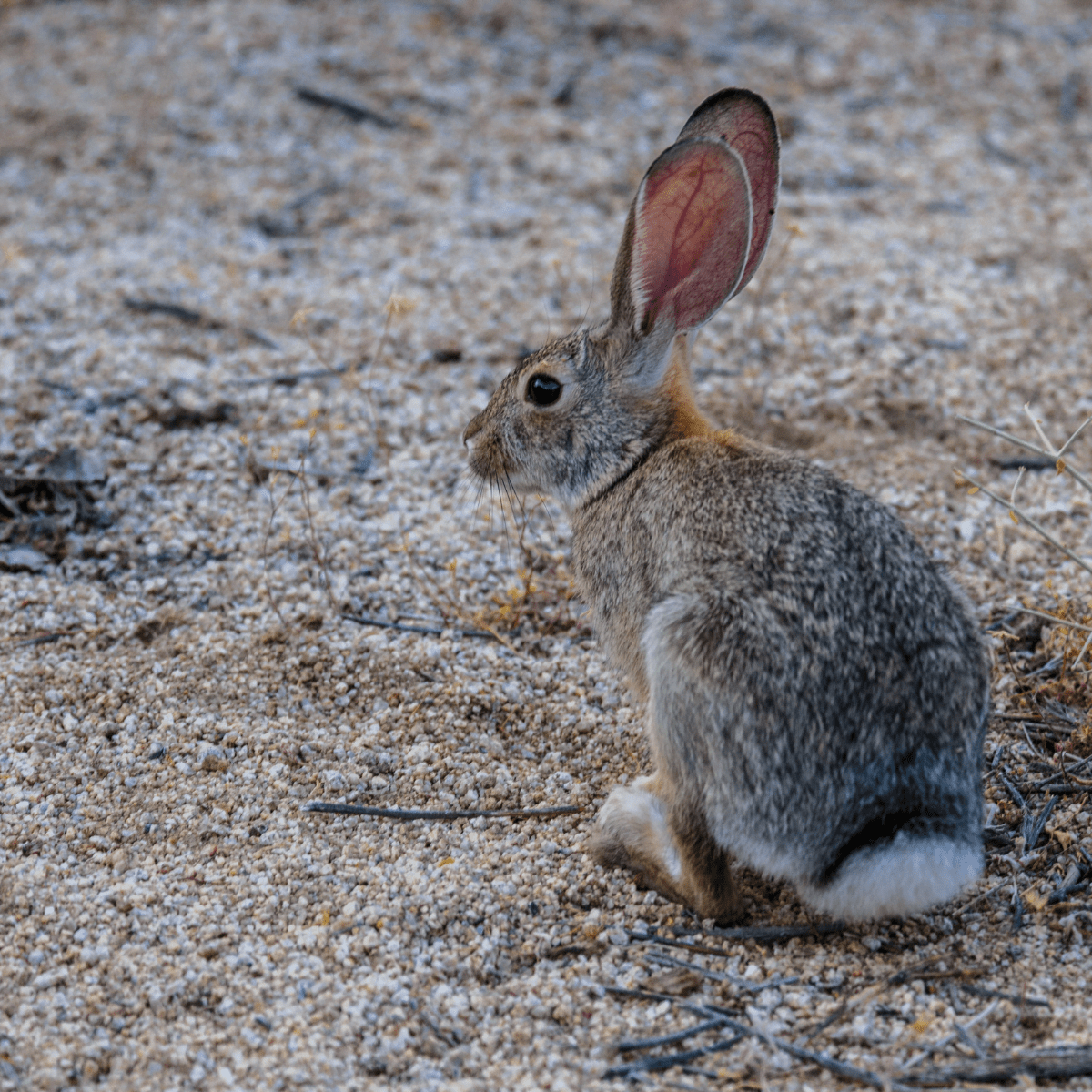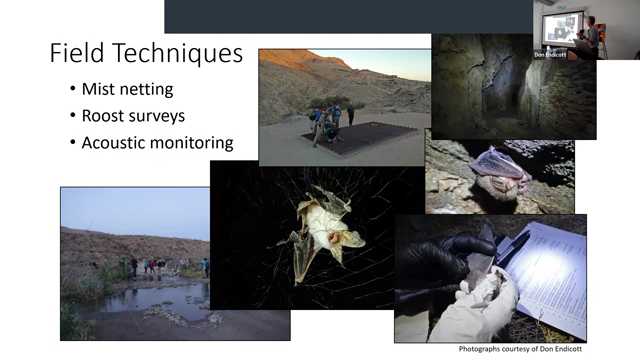Snake Awareness and Safety Borrego Springs
Share

Snake Awareness and Safety in Borrego Springs: Navigating the Desert with Confidence
Nestled in the heart of the Colorado Desert, Borrego Springs offers an idyllic escape into nature’s untouched beauty. However, amidst its scenic landscapes, the desert is also home to various wildlife, including a number of snake species. While encounters with these reptiles can be an exciting aspect of the desert experience, it's crucial to approach them with awareness and respect. This blog delves into the essential knowledge and precautions needed for snake awareness and safety in Borrego Springs.
Understanding the Local Snake Population
The Anza-Borrego Desert, surrounding Borrego Springs, is a vibrant ecosystem teeming with over 50 species of snakes and lizards. Among these, only a few, such as certain rattlesnakes and the sidewinder, are venomous. The sidewinder, in particular, is known for its unique sideways movement and the distinctive horn-like scales above its eyes, adapting seamlessly to its sandy surroundings.
Identifying Venomous Snakes
Venomous snakes in the Borrego Springs area typically include several rattlesnake species:
- Western Diamondback: Recognizable by its distinctive diamond-shaped pattern and rattling tail.
- Mojave Rattlesnake: Known for its potent venom, this species often inhabits the higher, cooler elevations.
- Sidewinder: This smaller rattlesnake is notable for its horned appearance and unique movement across sand.
Familiarizing yourself with these species can enhance your safety and appreciation of the desert’s natural inhabitants.
Safety Precautions for Desert Adventurers
When exploring the desert landscapes of Borrego Springs, consider the following safety tips to minimize the risk of snake encounters:
- Stay on Designated Paths: Snakes often hide under rocks and in crevices, so stick to clear paths where visibility is higher.
- Wear Protective Clothing: High boots and thick pants can provide a barrier against bites, especially in dense underbrush or rocky areas.
- Use a Walking Stick: A stick can be used to rustle bushes or grass ahead of you, giving snakes a chance to move away.
In Case of a Snake Encounter
If you come across a snake, it's vital to remain calm and follow these steps:
- Do Not Disturb: Give the snake plenty of space and avoid sudden movements that could be perceived as a threat.
- Slowly Back Away: Increase your distance from the snake by slowly moving away without turning your back on it.
- Do Not Attempt to Capture or Kill the Snake: This significantly increases the risk of a bite. Remember, snakes are protected under local wildlife conservation laws.
What to Do in Case of a Snake Bite
Despite all precautions, snake bites can still occur. Here’s what to do if you or someone you’re with is bitten:
- Stay Calm and Immobilize the Affected Area: Keep the bitten limb at heart level to slow the spread of venom.
- Seek Immediate Medical Attention: Call emergency services right away. Antivenom treatment may be necessary.
- Do Not Apply a Tourniquet or Ice: These methods can cause further damage and are not recommended.
Local Resources and Assistance
For assistance with snake removal from your property or in public areas, contact the Borrego Springs Fire Protection District. They offer safe, professional removal services, ensuring the safety of both the residents and the wildlife.
Fire Dept:
2324 STIRRUP RD, BORREGO SPRINGS, CA 92004
Conclusion
Borrego Springs is a stunning destination offering unique encounters with nature, including its diverse reptile population. By staying informed and prepared, visitors and residents can safely enjoy all the natural beauty this desert oasis has to offer. Remember, snakes are an integral part of the ecosystem, playing a crucial role in the balance of nature. Respecting these creatures and their habitat allows for a harmonious coexistence and a richer desert experience.
Learn More About The Animals In Anza Borrego















